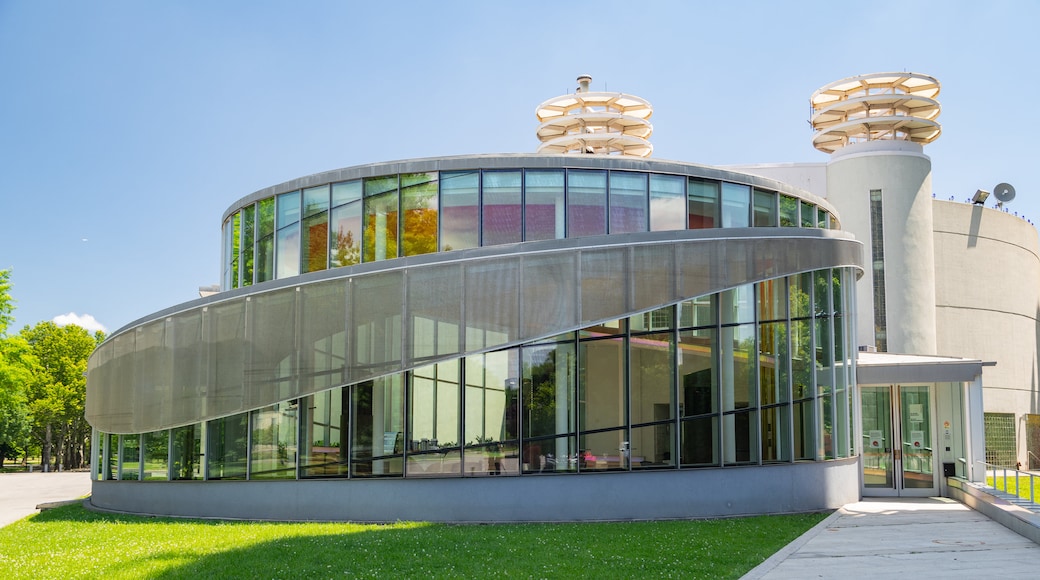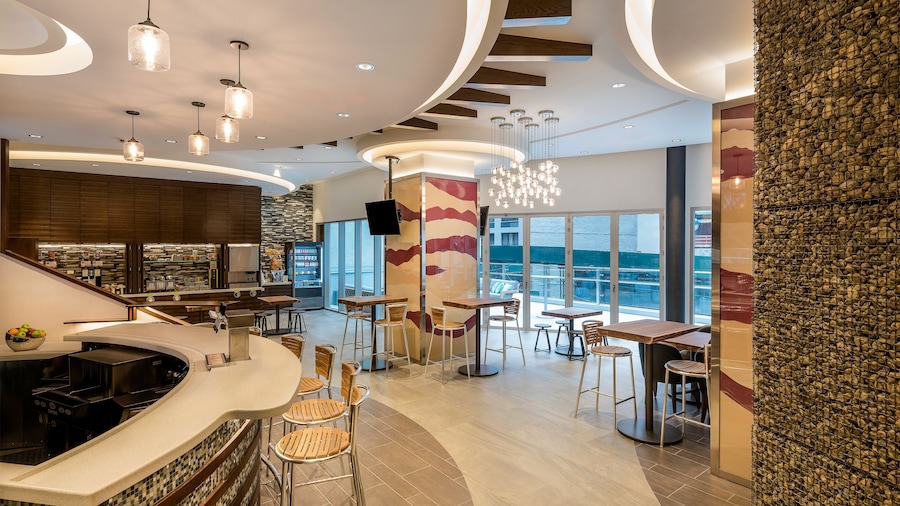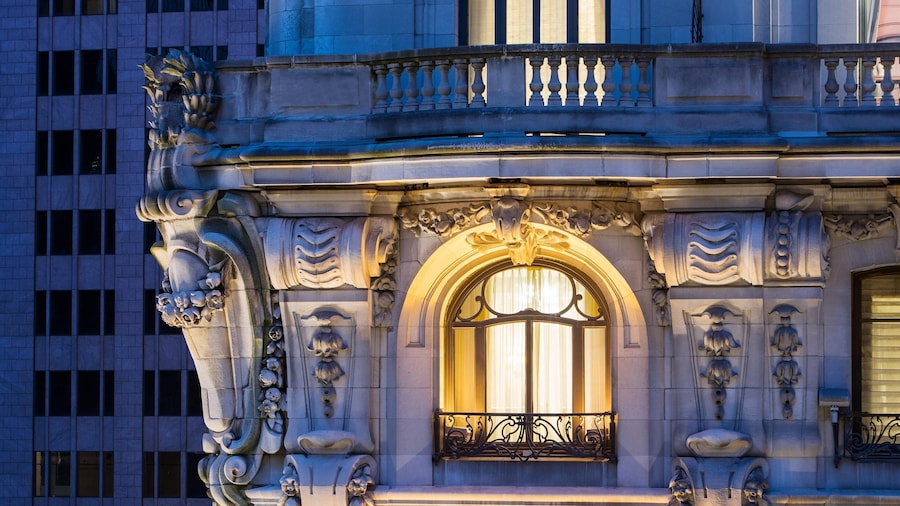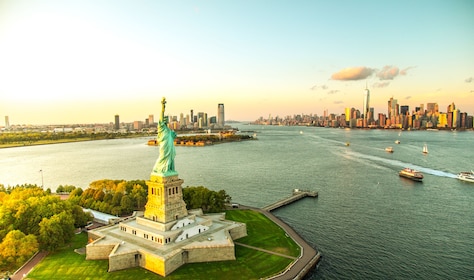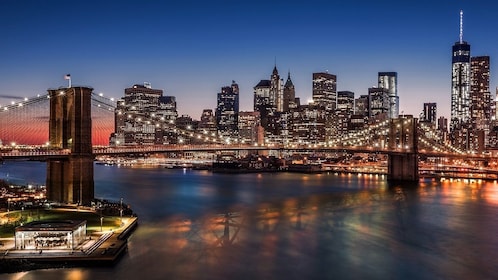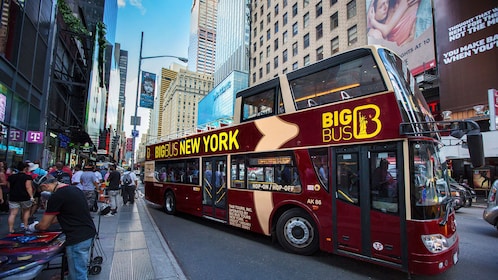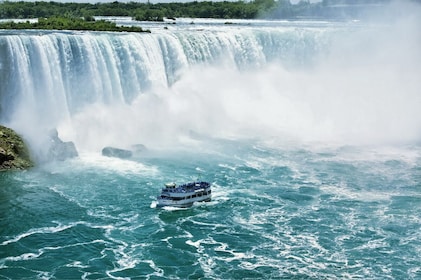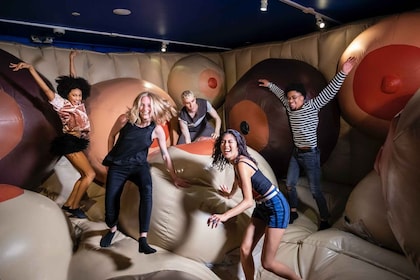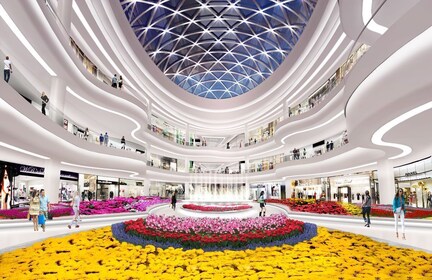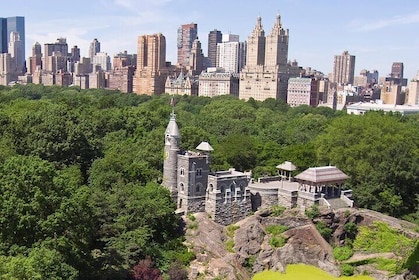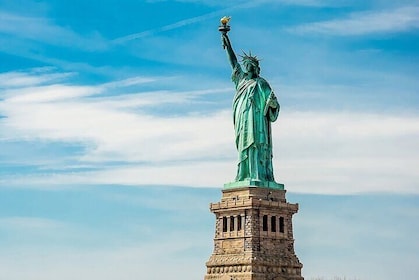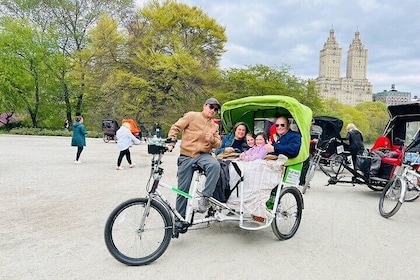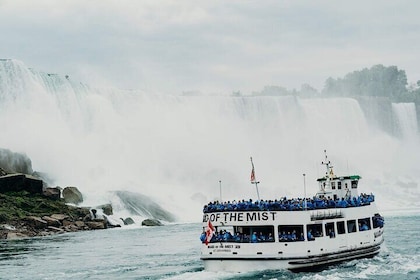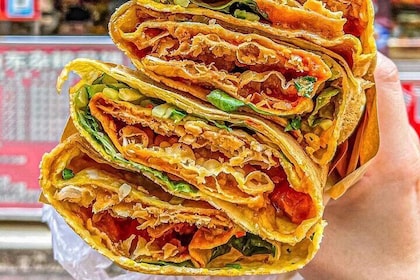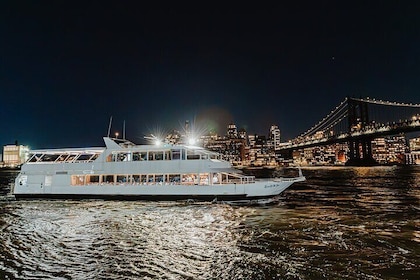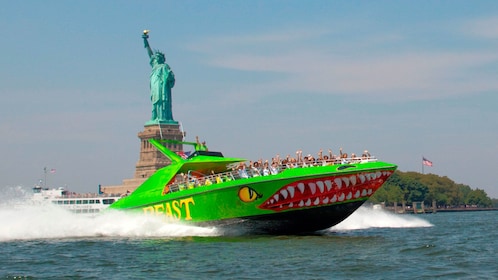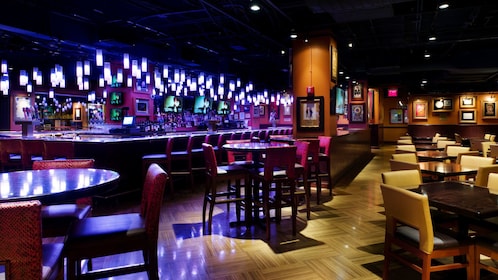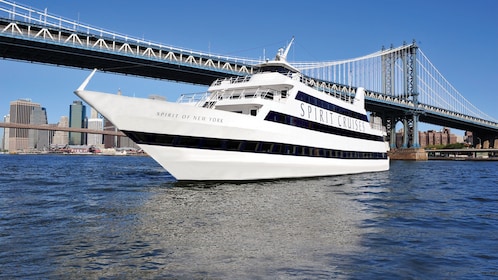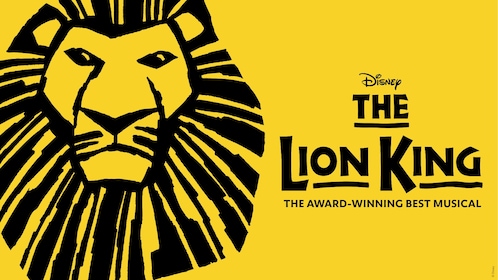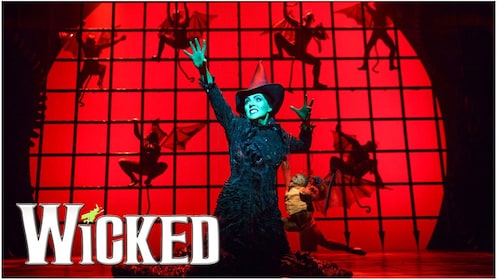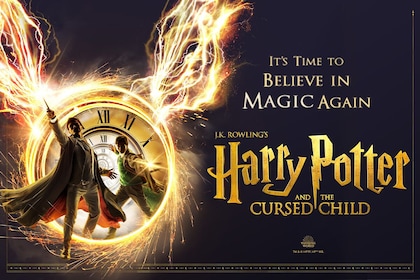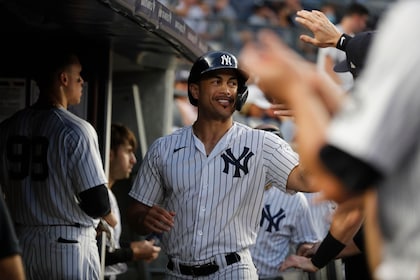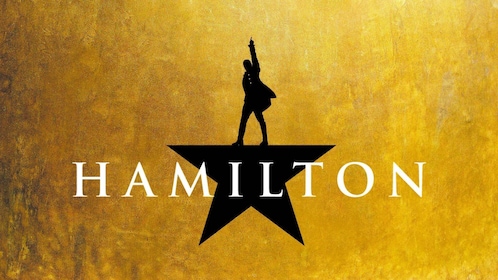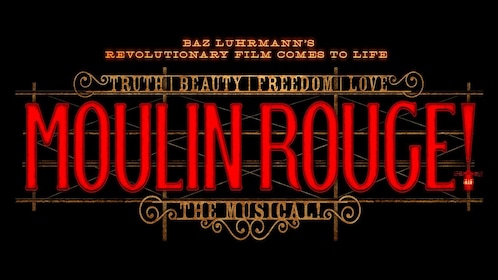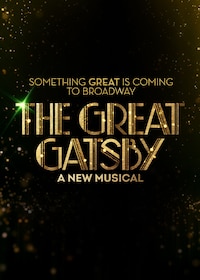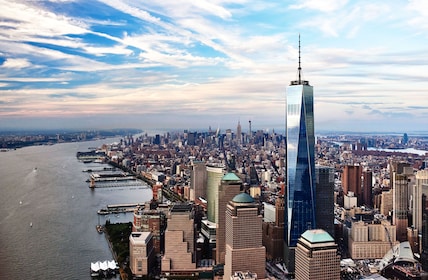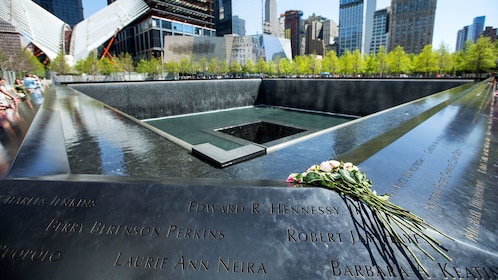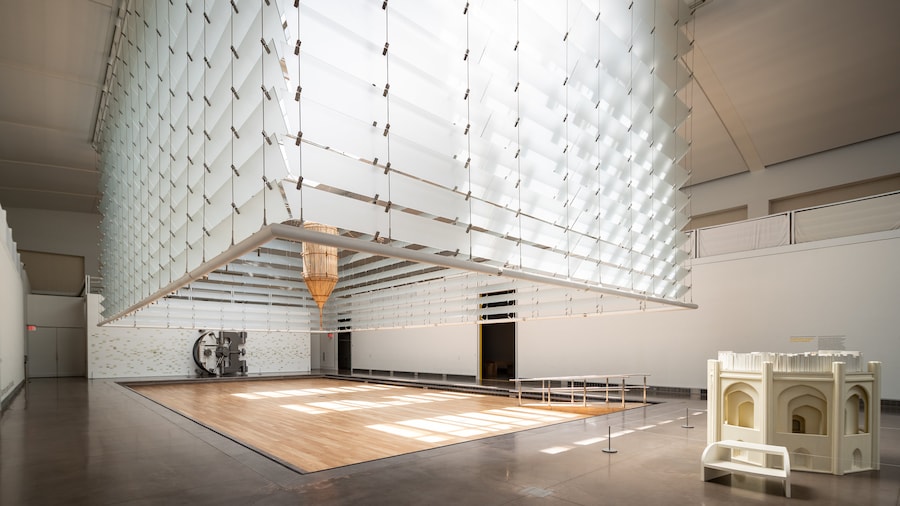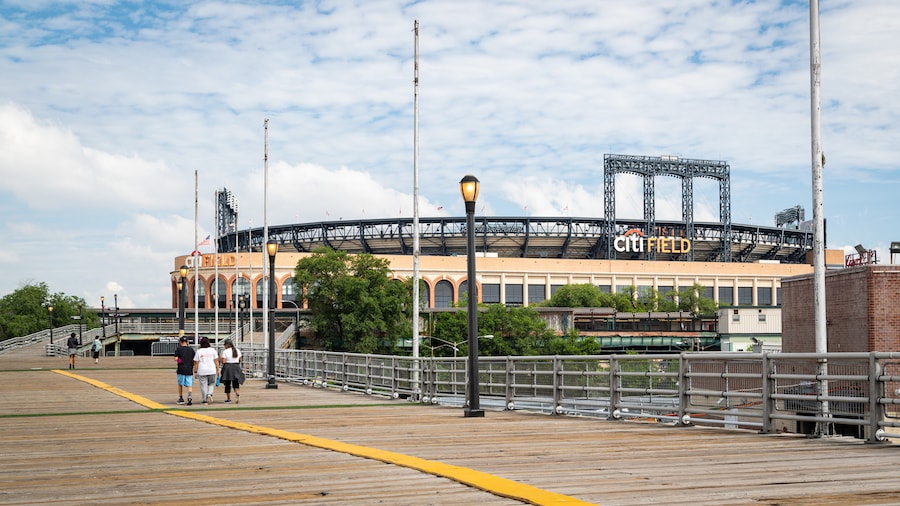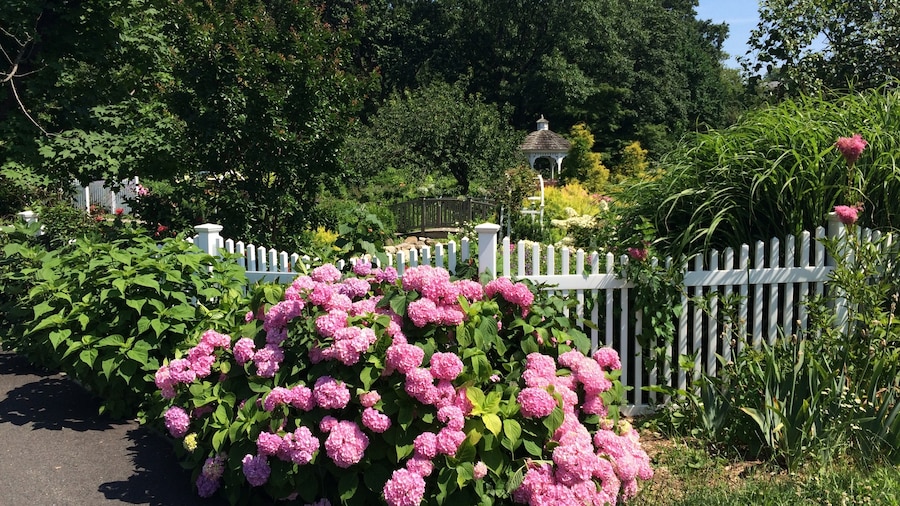There’s a world to discover at this sprawling Queens park, where remnants from two world fairs share space with museums, bike paths and playing fields.
Find diverse attractions in Flushing Meadows Corona Park, one of New York City’s largest and most storied public spaces. Spread over 900 acres (364 hectares), the park features ball fields and open lawns, while providing a home for lively cultural and educational institutions alongside a slice of global history.
Flushing Meadows is also large and a testament to engineering ingenuity. It was constructed on top of an ash heap to create space for the 1939 World’s Fair. The park also hosted the 1964 World’s Fair. While wandering the elegant tree-lined pedestrian and cycling paths, watch for monuments to these two historic events. At the centre of the park, the iconic, 140-foot-tall (43-metre) steel Unisphere is breathtaking.
Explore other sculptures, historical plaques and water features throughout the park that testify to its dignified past. Though the green fields once held pavilions representing the world’s nations, today they are more likely to host soccer and cricket matches staged by immigrant communities from the surrounding neighbourhoods.
Ceremony and sport intersect at the park’s northern edge, where tennis fans fill the Billie Jean King National Tennis Centre for the annual U.S. Open. Rent kayaks or bicycles near Meadow Lake or head for the indoor ice-skating rink at the Aquatic Centre in the northeastern corner of the park. Bring kids to the eight themed playgrounds scattered throughout the park.
Arts, culture and educational opportunities abound at nearby institutions including the New York Hall of Science, the Queens Museum of art and history and the Queens Theatre. Connect with nature at the modest but enjoyable Queens Zoo or the 39-acre (16-hectare) Queens Botanical Garden, whose highlights include a herb garden grouping plants by use.
Travel to Flushing Meadows Corona Park by subway to Mets-Willets Point at the northern edge of the park and near most attractions. Some parking is available. The park itself is open year-round. Come in the summer for free outdoor events and walking tours. Check the websites of individual museums for their hours and programmes.
